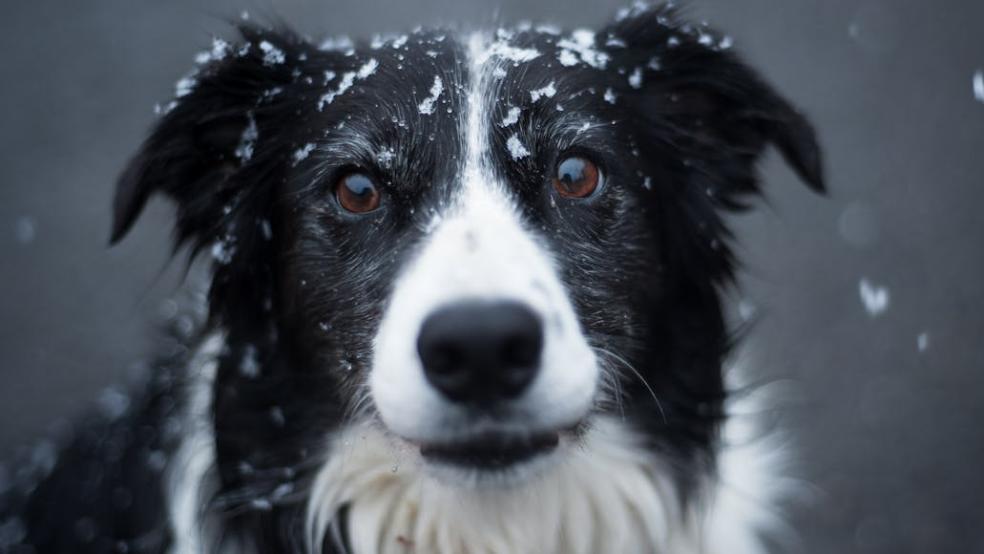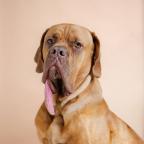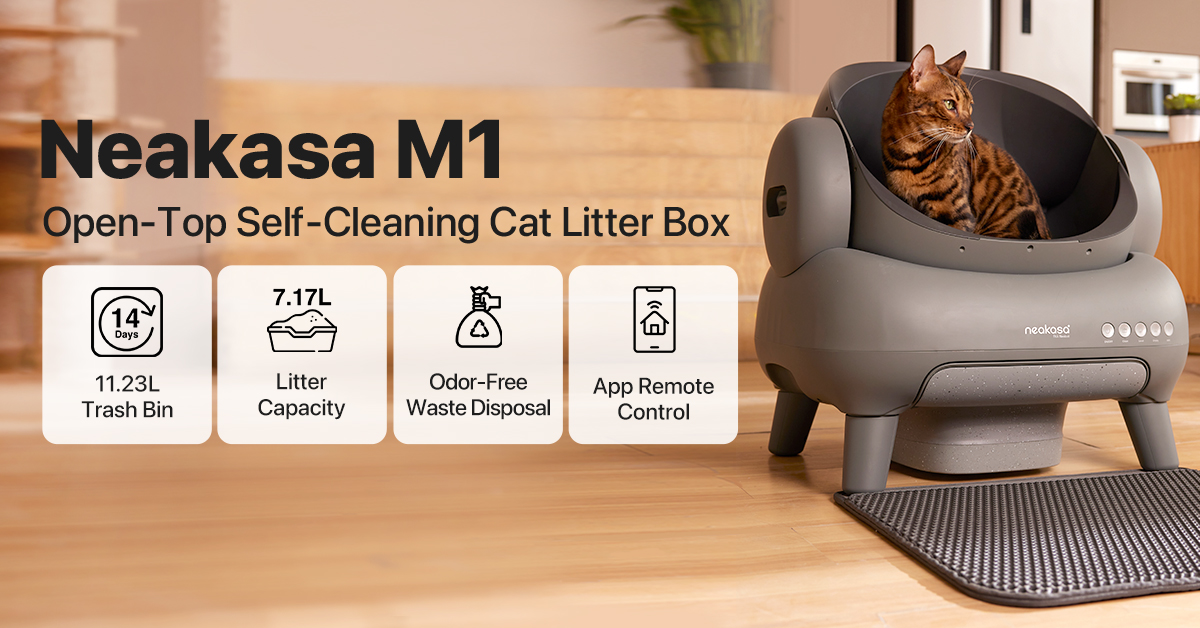
How to Keep a Dog Warm at Night Outside?
As responsible pet owners, we need to understand how the weather can affect our dogs. Cold temperatures can put dogs at risk of hypothermia and joint pain. If dogs are exposed to the cold for too long, it can lead to serious health issues.
Research shows that being in cold weather for a long time can seriously affect health. People who love pets commonly assume their dogs' fur provides warmth outside. But the reality is that several dog breeds don’t bear cold winter nights effectively.
Dogs require protection after sunset regardless of living in cold countryside regions or windy city environments. This guide provides the most effective techniques for protecting and warming your dog during outdoor conditions.
Let’s explore easy, effective ways to keep your dog warm outside at night!
Why Your Dog Needs Warmth at Night
Cold temperatures can be harmful to your dog. Many dog owners believe their pet's fur protects them, but freezing weather can cause serious issues. Dogs with short fur are at a higher risk of frostbite and hypothermia in the cold.
Night-time warmth is a must because:
-
Dogs can suffer from low body temperature even above freezing.
-
Hypothermia occurs when a dog loses body heat at a rate that exceeds its ability to generate heat.
- Cold weather weakens your immune system and makes you more likely to get sick.
How Dogs Lose Body Heat Outside
Dogs lose body heat fast, even with thick fur. Cold wind, wet grass, or rough ground takes warmth from them. If they remain outside for a long time, they become colder and begin to shiver. Knowing this helps you protect them before the cold causes harm.
Cold Surfaces and Wind Exposure
Dogs can easily shed a lot of heat as they stretch out on cool ground or get hit by strong winds. Surfaces such as tiles, concrete, or wet grass can cool down their body.
Why this matters:
-
Chilly ground drains warmth from your dog’s belly and paws.
-
Wind removes the warm layer of air around their fur and skin.
- Dogs can shiver even in mild cold if the surface is wet.
Lack of Shelter and Insulation
Dogs need a warm, covered space with insulation that blocks wind and holds body heat. You can line their space with blankets or straw to keep them cosy.
What you can do:
-
Add windproof covers around the shelter.
-
Lift the kennel floor to block cold air rising from the ground..
- Use thick, dry bedding for extra warmth.
Thin Coats and Small Breeds at Risk
Small breeds and dogs with short hair quickly lose heat compared to large, fluffy dogs. You need to examine the breed requirements of your dog and put on layers of clothes when necessary. For extra protection in colder months, explore specially designed dog clothes that help retain warmth and comfort.
Who needs extra care:
-
Small dogs like Chihuahuas and Dachshunds.
-
Short-coated breeds like Boxers and Pit Bulls.
- Senior dogs or sick pets with low body fat.
6 Essentials to Keep Dogs Warm Outside
When your dog is sleeping outside, the warmth is not a matter of comfort, but a serious requirement. These six essentials are vital to help your dog stay safe, healthy and happy during winter nights.
Insulated Dog Houses
-
Trap natural body heat and block cold air entry.
- Protect from wind, rain, and freezing temperatures.
Thermal Dog Blankets
-
Reflect body heat to your dog without electricity.
- Lightweight, portable, and easy to wash.
Waterproof Jackets
-
Prevent rapid body heat loss in wet weather.
- Designed to cover the belly and chest areas.
Windproof Dog Shelters
-
Help maintain a steady inside temperature.
- Must-have for windy or exposed locations.
Elevated Sleeping Platforms
-
Keep dogs off cold and damp ground.
- Reduce heat loss through direct contact.
Proper Feeding for Energy
-
High-protein meals fuel internal warmth.
- More calories support temperature regulation.
Best Products to Keep Your Dog Warm
Finding the right clothes for winter can change your dog’s life. We carefully checked the top-rated warm products for small, large, and senior dogs. From heated beds to windproof coats, each item helps protect your furry friend from cold nights.
Comparison Table of Top Warmth Products for Dogs
|
Product |
Best For |
Pros |
Cons |
|
K&H Heated Pet Bed |
Senior or short-haired dogs |
Soft, low energy, easy to wash |
Needs a power plug |
|
Ruffwear Dog Jacket |
Active dogs in the snow |
Waterproof, warm, perfect fit |
Not for indoor use |
|
PETNF Heated Pad |
Outdoor shelters |
Safe cord, auto shut-off |
Warms slowly |
|
Aspen Self-Warming Bed |
Small/medium indoor dogs |
Light, no plug, travel-friendly |
Too small for big dogs |
|
Petsfit Dog House |
Year-round outdoor dogs |
Insulated, raised, and easy to clean |
Takes space, needs setup |
Winter Care Tips for Outdoor Dogs
Outdoor calming dogs need extra love and care during winter nights. Always check their shelter, water bowl, and bedding before bedtime. Do not leave your dog with wet fur or empty bowls—it can put their health at risk in cold weather.
-
Do check their bedding every night. Make sure it’s dry, warm, and raised off the ground.
- Don’t leave metal bowls outside. They can freeze and injure your dog’s tongue on contact.
FAQ’s
How to make a warm place for outdoor dogs?
Use an insulated dog house with a raised floor and add warm, dry bedding like straw or thermal blankets.
Do blankets keep dogs warm?
Yes, thermal blankets trap body heat and help your dog stay cosy, especially in cold weather.
Where do dogs lose most of their heat?
Over 70% of a dog's body heat is lost through the skin. As body temperature rises, vasodilation allows heat to escape from the blood.
Should I cover my dog with a blanket at night?
A light, breathable blanket might be helpful, but it's not necessary. A fluffy pet bed makes a great alternative.
What is the best bedding for dogs in the winter?
The best winter bedding is thermal pads because they stay dry, trap heat, and keep your dog warm all night.
Final Thoughts
Keeping your dog warm during nighttime hours is both an act of kindness and essential for their survival. Providing adequate shelter along with proper bedding and care will help maintain your dog's warmth. Make it a part of your routine to check their spot every evening.
Add a soft thermal blanket and check their water bowl before bed. Never leave them outside in wet weather without cover. Give them extra food if it’s too cold. You can also explore breed-specific solutions like greyhound coats.







